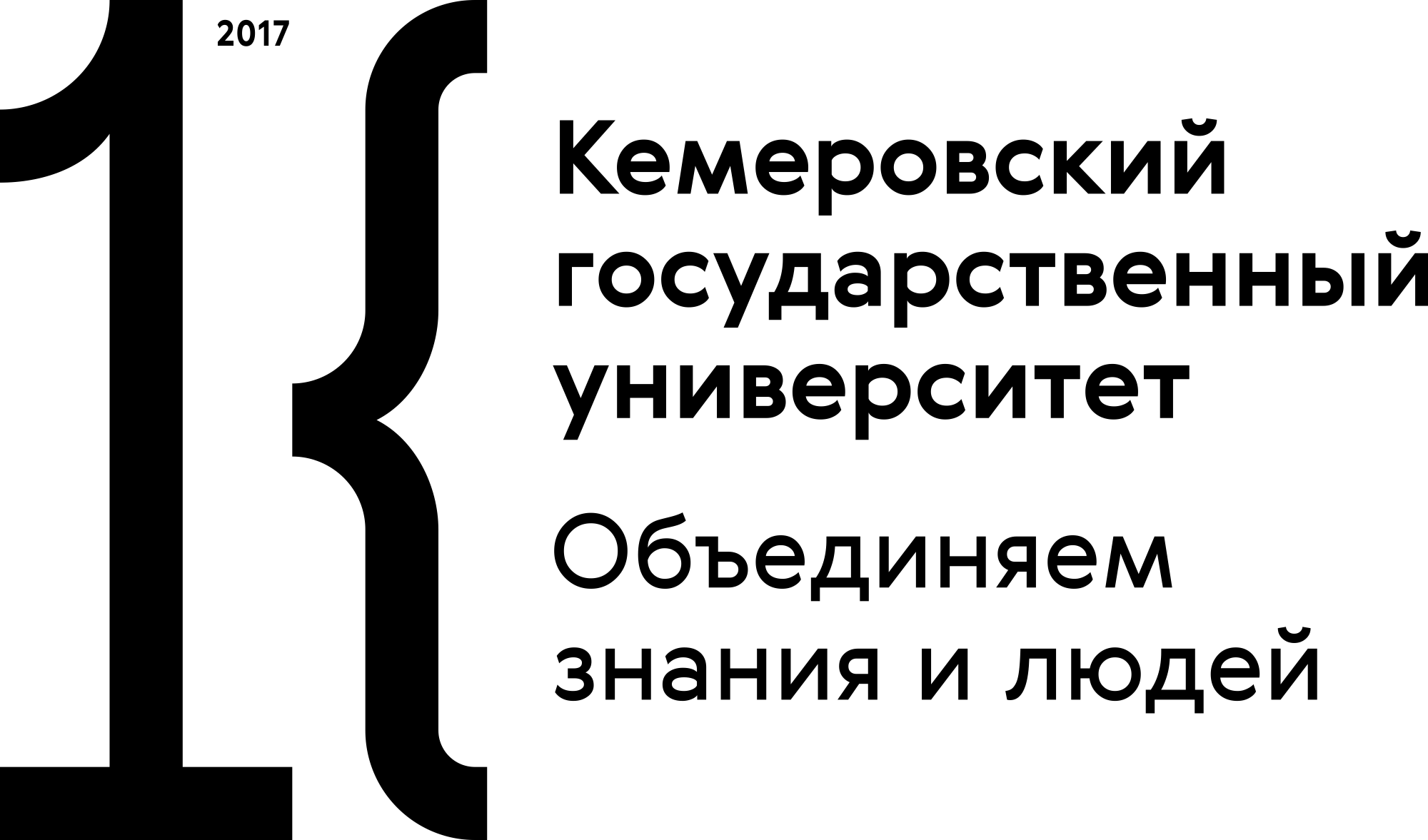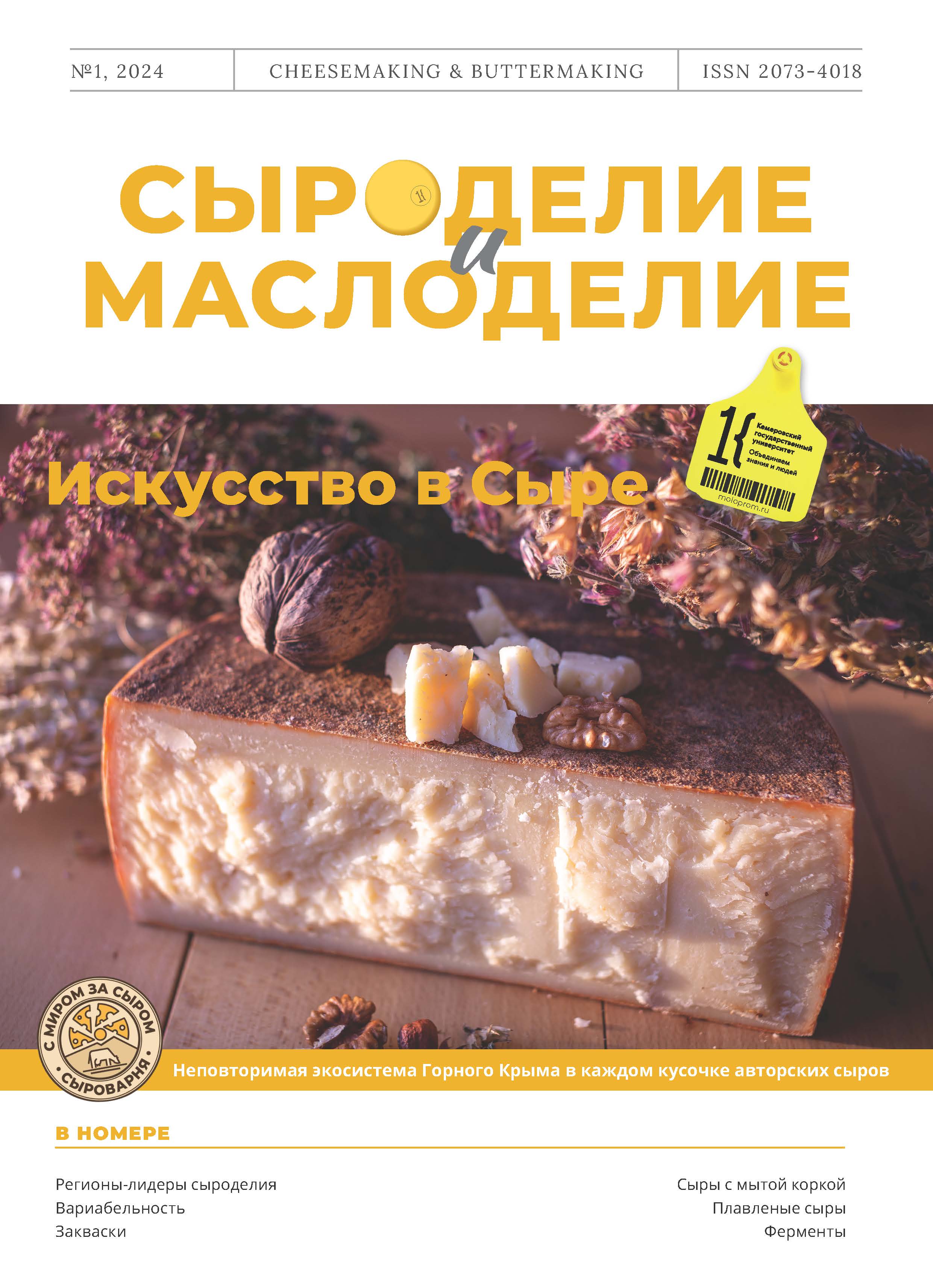Moscow, Moscow, Russian Federation
Voronezh, Russian Federation
Moscow, Russian Federation
VAK Russia 4.2.4
UDC 63
In 2014-2020, the Russian cheese and cottage-cheese market turned to import substitution, which boosted the volume of whey production. However, whey processing for food purposes remains as low as 20–30%. Despite the constant state control and penalties, most dairy plants prefer to dump whey in the sewage system, where it mixes with wastewater, which is environmentally and economically irrational. The factors that prevent the dairy industry from transiting to complete cycles of whey deep processing include the lack of unified terminology and standardization of secondary dairy raw materials. Mechanisms of dairy protein coagulation are different, which leads to numerous standardization issues. Other technological factors also contribute to the differences in criteria approaches. This article introduces a new whey classification system based on an integrative approach that takes into account the main technological aspects of whey production. It relies on scientifically substantiated mechanisms of protein coagulation, i.e., rennet, acid, acid-cheese, thermoacid, and thermo-calcium, as well as on the principle of microfiltration of dairy raw materials in obtaining micellar casein. As a secondary factor, the research involved curd, casein, and coprecipitate whey. The resulting integrative approach to whey classification will make it possible to perform whey processing depending on whey properties, as well as to create new models of complete deep processing cycle.
whey, coagulation, identification, cottage cheese, cheese, casein, coprecipitate
1. Kruchinin, A. G. Sovremennoe sostoyanie rynka vtorichnyh syr'evyh resursov molochnoy promyshlennosti / A. G. Kruchinin [i dr.] // Polzunovskiy vestnik. 2022. № 4-1. S. 140-148. https://doi.org/10.25712/ASTU.2072-8921.2022.04.018; https://elibrary.ru/uhsmmd
2. Zandona, E. Whey utilization: Sustainable uses and environmental Approach / E. Zandona, M. Blažić, A. Režek Jambrak // Food Technology and Biotechnology. 2021. V. 59. № 2. P. 147-161. https://doi.org/10.17113%2Fftb.59.02.21.6968
3. Macwan, S. R. Whey and its utilization / S. R. Macwan [et al.] // International Journal of Current Microbiology and Applied Sciences. 2016. V. 5. № 8. P. 134-155. http://doi.org/10.20546/ijcmas.2016.508.016
4. Podgornova, N. M. Povyshenie effektivnosti membrannogo vydeleniya belkov iz molochnoy syvorotki dlya produktov pitaniya / N. M. Podgornova, S. M. Petrov // Molochnohozyaystvennyy vestnik. 2021. № 2(42). S. 132-141. https://doi.org/10.52231/2225-4269_2021_2_132; https://elibrary.ru/vueghs
5. Zhukova, N. V. Otechestvennyy i mirovoy opyt v razvitii rynka syrov i syrnyh produktov / N. V. Zhukova [i dr.] // Ekonomicheskie nauki. 2019. № 180. S. 39-45. https://doi.org/10.14451/1.180.39; https://elibrary.ru/jqrjif
6. Das, M. Supply chain of bioethanol production from whey: A review / M. Das, A. Raychaudhuri, S. K. Ghosh // Procedia Environmental Sciences. 2016. V. 35. P. 833-846. https://doi.org/10.1016/j.proenv.2016.07.100
7. Chatzipaschali, A. A. Biotechnological utilization with a focus on anaerobic treatment of cheese whey: current status and prospects / A. A. Chatzipaschali, A. G. Stamatis // Energies. 2012. V. 5. № 9. P. 3492-3525. http://doi.org/10.3390/en5093492
8. Lappa, I. K. Cheese whey processing: integrated biorefinery concepts and emerging food applications / I. K. Lappa [et al.] // Foods. 2019. V. 8. № 8. P. 347. https://doi.org/10.3390/foods8080347
9. Popa, V. I. Biomass as renewable raw material to obtain bioproducts of high-tech value / V. I. Popa. - Elsevier, 2018. - P. 1-37.
10. Yadav, J. S. S. Cheese whey: A potential resource to transform intobioprotein, functional/nutritional proteins and bioactive peptides / J. S. S. Yadav [et al.] // Biotechnology advances. 2015. V. 33. № 6. P. 756-774. https://doi.org/10.1016/j.biotechadv.2015.07.002
11. Amaro, T. M. M. M. Prospects for the use of whey for polyhydroxyalkanoate (PHA) production / T. M. M. M. Amaro [et al.] // Frontiers in Microbiology. - 2019. - V. 10. - P. 992.
12. Khramtsov, A. G. Membrane purification of secondary milk raw materials: intensification of processes / A. G. Khramtsov [et al.] // IOP Conference Series: Earth and Environmental Science, Krasnoyarsk, 18-20 noyabrya 2020 goda / Krasnoyarsk Science and Technology City Hall. Vol. 677. - Krasnoyarsk, Russian Federation: IOP Publishing Ltd, 2021. - P. 32060. http://dx.doi.org/10.1088/1755-1315/677/3/032060
13. Kruchinin, A. G. Vliyanie frakcionnogo sostava kazeina na tehnologicheskie svoystva syrogo moloka / A. G. Kruchinin, A. V. Bigaeva, H. H. Gil'manov // Aktual'nye voprosy molochnoy promyshlennosti, mezhotraslevye tehnologii i sistemy upravleniya kachestvom: sbornik nauchnyh trudov. 2020. t. 1. S. 292-297. https://doi.org/10.37442/978-5-6043854-1-8-2020-1-292-297; https://elibrary.ru/zdtxtd
14. Kruchinin, A. G. Molekulyarno-geneticheskie modifikacii k-kazeina / A. G. Kruchinin [i dr.] // Izvestiya vysshih uchebnyh zavedeniy. Pischevaya tehnologiya. 2020. № 4 (376). S. 12-16. https://doi.org/10.26297/0579-3009.2020.4.3; https://elibrary.ru/oasdql







